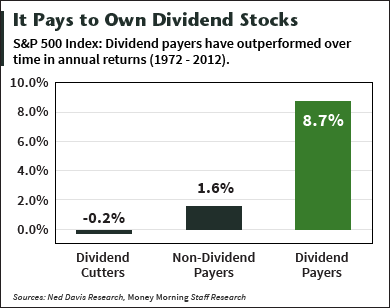Investors have started to hunt for how to prepare for the debt ceiling deadline since U.S. Treasury Secretary Jack Lew put a date on the day the country will hit its borrowing limit.
"If we have insufficient cash on hand, it would be impossible for the United States of America to meet all of its obligations for the first time in history," Lew wrote in a letter to Congress sent Sept. 25, when he noted that Oct. 17 is the day we hit the debt ceiling.
Come Oct. 17, the Treasury expects cash on hand to have dwindled to $30 billion. That withered amount is only half of the $60 billion the government typically spends daily. It threatens the government's ability to pay the $55 billion Social Security, Medicare, and military benefits due Nov. 1.
Since May, the Treasury Department has been operating under "extraordinary measures," including delayed payments to pension funds, to keep the nation operating under the debt limit.
Now the government shutdown battle has become intertwined with the debt ceiling debate, making the fight even messier than it was before.
Since our government's budget antics can trigger increased market volatility, you need to prepare your portfolio for the Oct. 17 debt ceiling deadline. Here's how you can ride out the storm by making these "Washington-proof" moves today.
How to Prepare for the Debt Ceiling Deadline
There are a few ways for you to avoid the financial quagmire Washington has created.
First, look at increasing yield in your portfolio.
As the Money Morning investment team continually reminds readers, dividend stocks hold up well in all kind of markets, and their stalwart performance is especially crucial in uncertain markets.
By investing in companies that pay a dividend, shareholders not only receive income from regular cash payments, but they are also typically investing in quality companies that have the potential to grow profits and share prices.
Data shows that dividends comprise a significant part of an equity investor's total return. Since 1926, dividends accounted for more than 40% of the return of the S&P 500 Index. Their gains outpace that of non-dividend payers, as the accompanying chart illustrates.
 Additionally, Ned Davis Research shows non-dividend payers out-performed non-payers with less volatility. Furthermore, dividend growers and initiators (companies that raised or began paying dividends) had even higher total returns and lower volatility than the broader paying group.
Additionally, Ned Davis Research shows non-dividend payers out-performed non-payers with less volatility. Furthermore, dividend growers and initiators (companies that raised or began paying dividends) had even higher total returns and lower volatility than the broader paying group.
That's why dividends are a key part of the Money Map Method.
In fact, Money Map's 50-40-10 Strategy places a high priority on dividends because dividend income and reinvestment can account for nearly 90% of total stock market returns over time. That's why Money Morning Chief Investment Strategist Keith Fitz-Gerald detailed the importance of dividends to your portfolio in his recent analysis, "The Secret to Superior Returns."
And our Private Briefing investment service profiled a few of the best dividend stocks to own now.
"There are ways for you to escape the onrushing crash whose violence will be magnified by America's burgeoning debt load and lack of financial discipline, by Washington's inability to focus on the issues that really matter - and by the unforeseen 'X-Factors' that will continue to jump from the shadows in the months and years to come," wrote Private Briefing Editor William Patalon III.
To get three high-yield picks and a must-see chart about the money-making power dividends bring to your portfolio, check out Patalon's "How to Outrun the "Dynamic Dunderheads" of Washington."
Another way to prepare for the debt ceiling deadline is to focus on dividends that also offer growth.
One of the best sectors to do this with is technology.
Money Morning Defense & Tech Specialist Michael A. Robinson believes that "high-quality, tech-focused growth stocks are the key to meaningful wealth."
Robinson also maintains there is room for solid dividend plays, "especially the kind of higher-yielding tech companies that are continuing to grow their business."
Besides big names like Microsoft Inc. (Nasdaq: MSFT) and Apple Inc. (Nasdaq: AAPL), Robinson likes Medtronic Inc. (NYSE: MDT).
Robinson calls Medtronic, the world's largest independent medical technology company, a great "fiscal-cliff defense stock."
The company boasts strong financials, and by expanding globally, it has shielded itself from Obamacare's most weighty elements.
You can read the potential of Medtronic here.
Finally, Private Briefing's Patalon found a way to cash in on Washington's budget battles.
"With the debt-ceiling deadline of Oct. 17 screaming towards us like a cruise missile that's locked onto its target, investor fears are soaring," he wrote to subscribers on Oct. 8.
Find out Patalon's secret to today's best gains in Time to Cash in on the Shutdown.
Related Articles:


